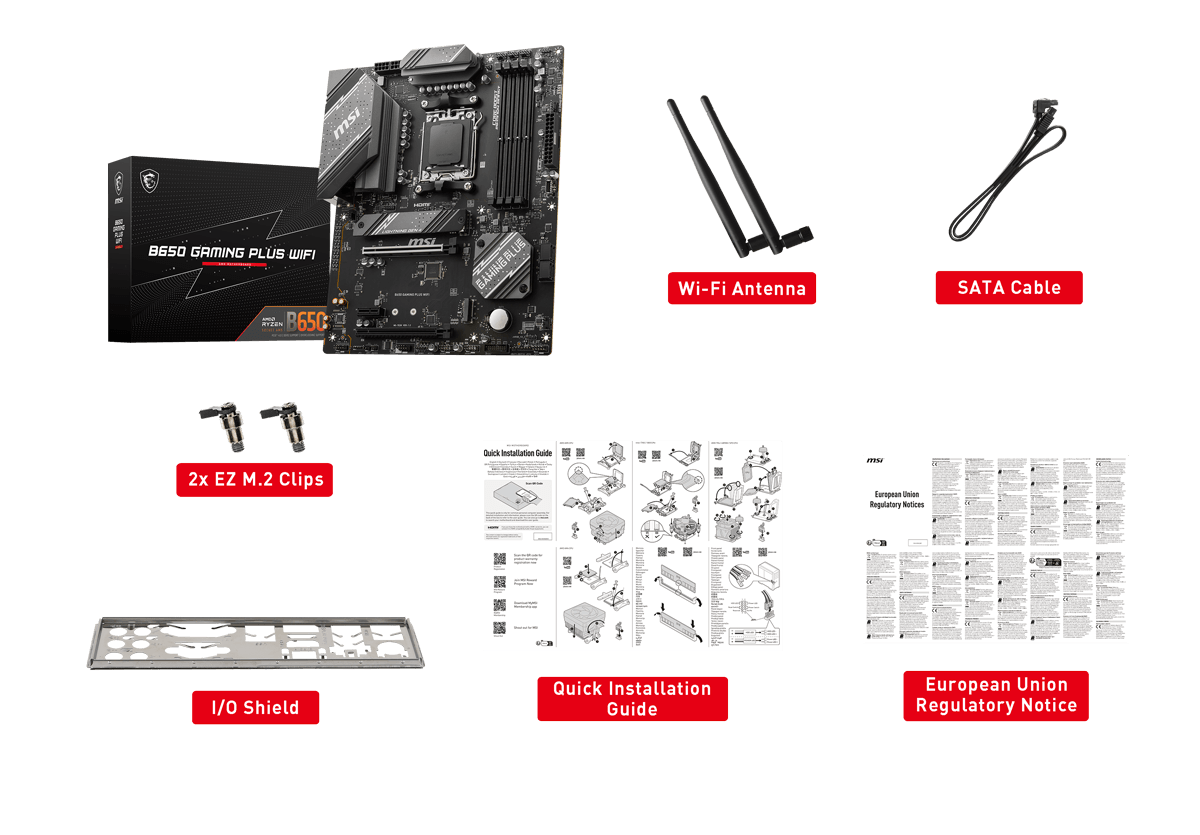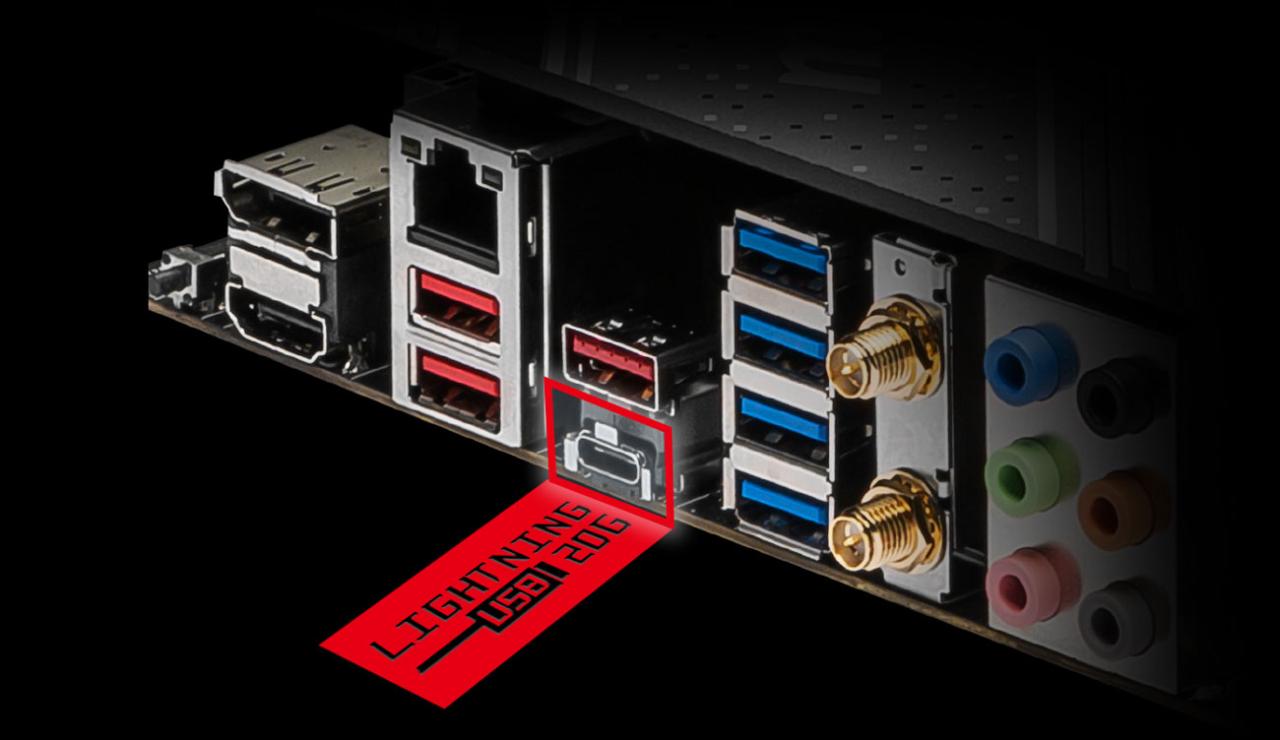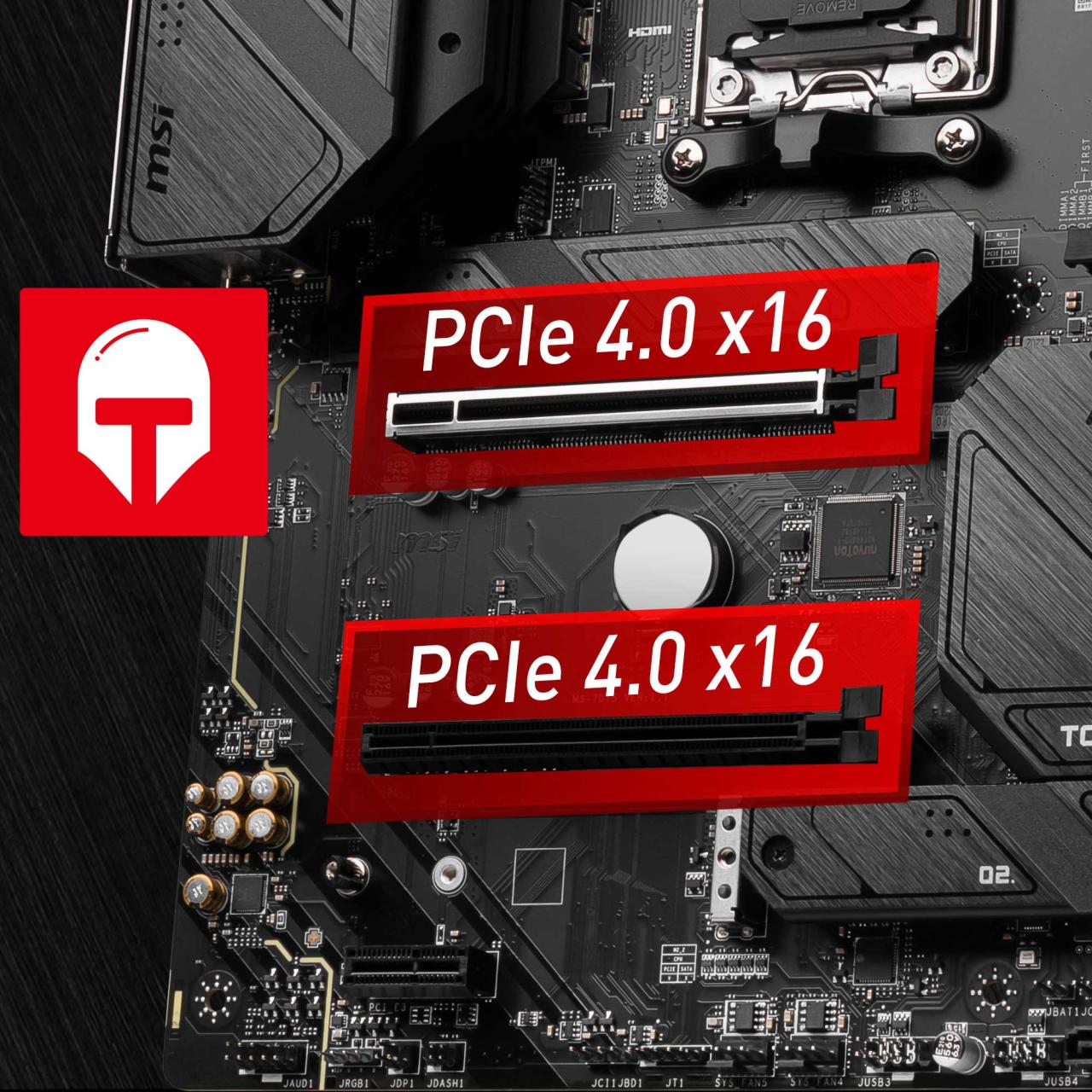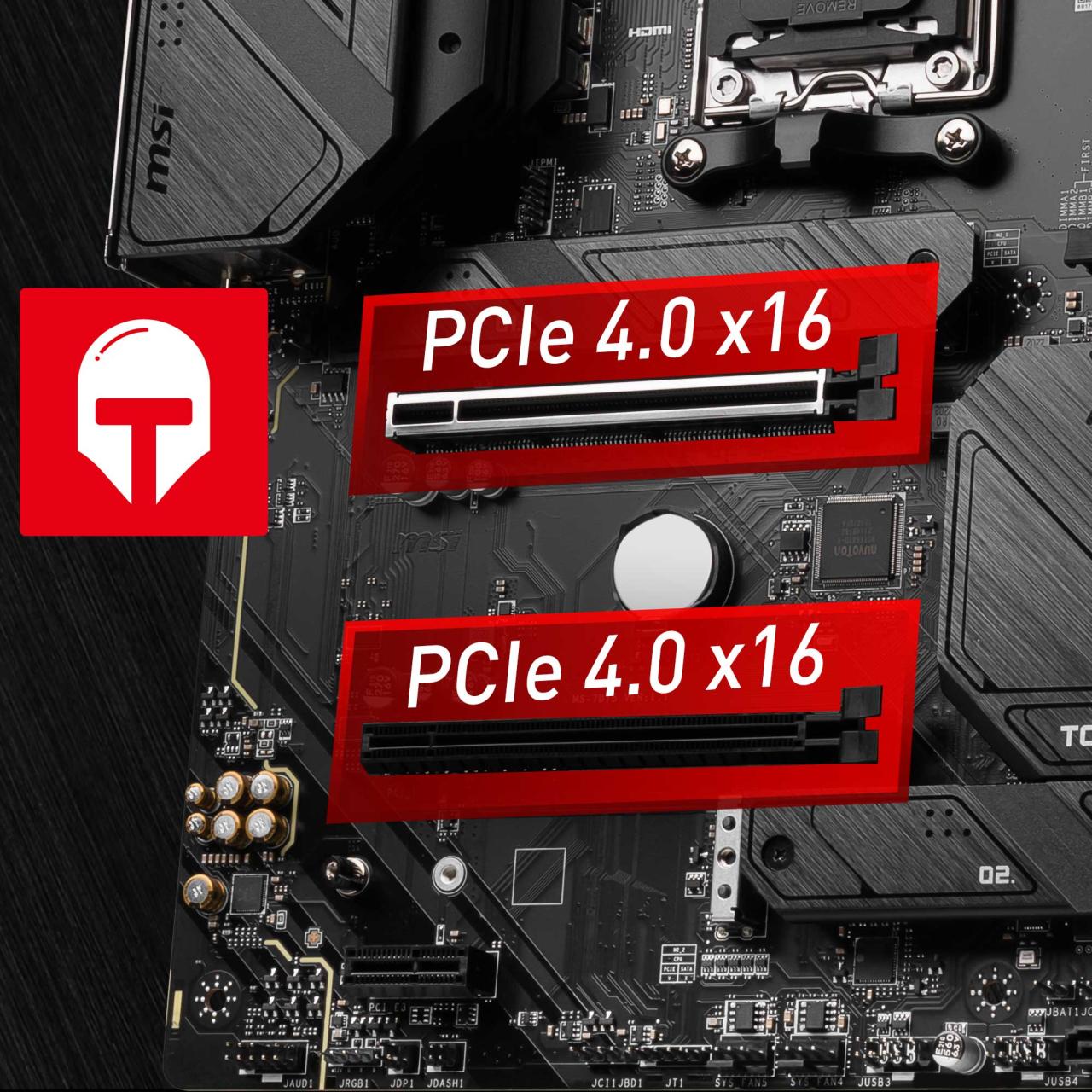MSI B650 Gaming Plus WIFI manual: Dive into the world of this powerful motherboard! This guide walks you through everything from initial setup and BIOS navigation to advanced features like overclocking and troubleshooting common issues. Whether you’re a seasoned PC builder or a first-timer, we’ll equip you with the knowledge to unlock the full potential of your MSI B650 Gaming Plus WIFI motherboard.
We’ll cover installing components, configuring settings, and maximizing performance.
So you’re diving into the MSI B650 Gaming Plus WiFi manual – good choice! It’s packed with info, but sometimes you need a break. Maybe check out this cool site about drone paris for some awesome aerial views before getting back to those BIOS settings. Then, once you’ve had your drone fix, you can confidently configure your motherboard using the manual’s detailed instructions.
We’ll explore the manual’s structure, helping you quickly find the information you need. We’ll also delve into key BIOS/UEFI settings, providing clear explanations and comparisons to optimize your system’s performance. Troubleshooting tips will help you overcome common hurdles, and we’ll even touch on the exciting possibilities of overclocking (with caution, of course!). By the end, you’ll be confident in managing and maximizing your new motherboard.
MSI B650 Gaming Plus WIFI Motherboard: A User’s Guide

This guide provides a comprehensive overview of the MSI B650 Gaming Plus WIFI motherboard, covering its key features, manual navigation, BIOS settings, component installation, troubleshooting, overclocking, connectivity, advanced features, and a detailed description of its physical layout. Whether you’re a seasoned PC builder or a first-time user, this guide aims to equip you with the knowledge you need to successfully build and utilize your system.
Key Features and Specifications of the MSI B650 Gaming Plus WIFI Motherboard
The MSI B650 Gaming Plus WIFI motherboard is designed for gamers and content creators seeking a balance of performance and affordability. Key features include support for AMD Ryzen 7000 series processors, PCIe 5.0 and 4.0 slots, DDR5 RAM, and integrated Wi-Fi 6E. It boasts a robust power delivery system for stable overclocking, multiple fan headers for efficient cooling, and various connectivity options including USB 3.2 Gen 2×2 ports.
The target audience includes budget-conscious users who desire a high-performance motherboard without breaking the bank.
Intended use cases encompass gaming at high resolutions and settings, content creation involving video editing and 3D rendering, and general-purpose computing tasks. Its capabilities support demanding applications and provide a solid foundation for a powerful and versatile PC build.
Navigating the MSI B650 Gaming Plus WIFI Manual
The MSI B650 Gaming Plus WIFI manual is typically structured in a logical order, starting with an overview of the motherboard’s features and specifications. Subsequent sections detail the installation process, BIOS settings, troubleshooting, and advanced features. A comprehensive index and glossary are usually included for easy reference.
For first-time users, the most crucial sections are the “Installation Guide,” which covers the physical assembly of components, the “BIOS/UEFI Settings” section for configuring system boot and performance, and the “Troubleshooting” section for addressing common issues. Utilize the manual’s index and table of contents to quickly locate specific information.
Accessing and Understanding BIOS/UEFI Settings
Accessing the BIOS/UEFI settings usually involves pressing the Delete, F2, or F12 key during the system boot process. The exact key may vary depending on your system’s configuration. Once in the BIOS/UEFI, you’ll find options to adjust various system parameters.
Key settings include the boot order (prioritizing the boot drive), XMP profiles (for enabling RAM overclocking profiles), CPU settings (for manual or automatic overclocking), and SATA configuration. Careful adjustment of these settings can significantly impact system performance. Incorrect settings can lead to system instability.
So you’ve got your hands on the MSI B650 Gaming Plus Wifi motherboard, huh? Getting that thing set up can be a bit of a puzzle, but the manual’s your best friend. Think of it like figuring out how to fly that mystery drone – you need the instructions! Once you’ve wrestled with the BIOS settings, though, you’ll be building PCs like a pro, and the MSI B650 Gaming Plus Wifi manual will become your go-to resource.
| Setting | Description | Impact on Performance | Potential Risks |
|---|---|---|---|
| XMP Profile | Enables pre-defined RAM overclocking profiles. | Increased RAM speed and bandwidth. | System instability if not properly configured. |
| CPU Clock Multiplier | Controls the CPU’s clock speed. | Higher clock speed results in increased processing power. | Increased heat generation and potential system instability. |
| Boot Order | Determines the order in which the system attempts to boot from various devices. | Faster boot times if the primary boot drive is correctly prioritized. | Boot failure if the boot drive is not selected correctly. |
| SATA Configuration | Configures the SATA ports for various storage devices. | Improved data transfer speeds for compatible devices. | Potential data loss if incorrectly configured. |
Installing and Configuring Components: A Step-by-Step Guide
Proper installation is crucial for optimal performance and system stability. Follow these steps carefully:
- Install the CPU onto the CPU socket, ensuring proper alignment.
- Install the RAM modules into the designated slots, making sure they click into place securely.
- Install the M.2 SSD or other storage devices into the appropriate slots.
- Install the graphics card into a PCIe slot, securing it firmly.
- Connect power cables to the motherboard, CPU, and graphics card.
- Connect peripherals such as keyboard, mouse, and monitor.
- Connect the power supply and turn on the system.
- Enter the BIOS/UEFI to configure boot order and other settings.
- Install the operating system.
Troubleshooting Common Issues
Common problems include boot failures, connectivity issues, and system instability. A systematic approach to troubleshooting is crucial.
For example, boot failures can often be resolved by checking the RAM, reseating components, or verifying the boot order in the BIOS. Connectivity issues might involve checking cable connections, network settings, or drivers. System instability can be addressed by adjusting BIOS settings or checking for overheating components.
Overclocking and Performance Tuning

The MSI B650 Gaming Plus WIFI supports CPU and RAM overclocking, enabling performance gains. However, overclocking carries risks, including system instability and component damage if not done carefully. Start with small increments, monitor temperatures, and use stress testing software to assess stability.
So you’re diving into the MSI B650 Gaming Plus Wifi manual? That’s great! Getting familiar with your motherboard is key, especially if you’re planning on connecting something like a cool gadget, such as the e88 drone , which needs a solid connection for its video feed. Once you’ve mastered the manual, you’ll be ready to build a powerful system that can handle all your tech adventures.
Proper cooling is essential for successful and safe overclocking. Inadequate cooling can lead to thermal throttling or component damage. Always monitor temperatures using system monitoring software.
Connectivity and Networking
The motherboard features integrated Wi-Fi 6E and Gigabit Ethernet. Wi-Fi 6E offers faster speeds and lower latency compared to older Wi-Fi standards, while Gigabit Ethernet provides a stable wired connection. Network settings can be configured through the operating system’s network settings interface.
Generally, Ethernet provides a more stable and faster connection than Wi-Fi, especially for demanding tasks. However, Wi-Fi offers the convenience of wireless connectivity.
Advanced Features and Specifications
Advanced features may include audio enhancements (like high-fidelity audio codecs), RGB lighting control, and various software utilities for system monitoring and customization. These features enhance the user experience and provide greater control over the system.
| Specification | Value | Specification | Value |
|---|---|---|---|
| CPU Socket | AM5 | Chipset | AMD B650 |
| Memory | DDR5 | PCIe Slots | Multiple PCIe 5.0 and 4.0 slots |
| Wi-Fi | Wi-Fi 6E | Ethernet | Gigabit Ethernet |
Motherboard Layout Description, Msi b650 gaming plus wifi manual
The motherboard features a layout optimized for airflow and component accessibility. The CPU socket is centrally located, surrounded by the primary RAM slots. The PCIe slots are positioned near the CPU socket, allowing for easy installation of graphics cards. The M.2 slots for SSDs are strategically placed for efficient data transfer. Numerous USB ports are located along the rear I/O panel and potentially along the motherboard itself for convenient connectivity.
The audio codec is typically positioned away from potential interference sources. Multiple fan headers are distributed throughout the motherboard to support various cooling configurations. The BIOS chip is usually located near the CPU socket. The power delivery system is designed to provide sufficient power to the CPU and other components, especially under heavy load or overclocking conditions.
Closure: Msi B650 Gaming Plus Wifi Manual

Mastering your MSI B650 Gaming Plus WIFI motherboard is now within reach! This guide has provided a comprehensive overview, from initial setup and BIOS navigation to advanced features and troubleshooting. Remember to always consult the official manual for detailed specifications and safety guidelines. With the knowledge gained here, you’re ready to build and optimize your dream PC. Happy building!
Query Resolution
What are the minimum RAM requirements for this motherboard?
Check the motherboard specifications; it varies depending on the specific revision. The manual should list the supported RAM types and minimum capacity.
How do I update the BIOS?
Consult the motherboard manual’s BIOS update section for detailed, step-by-step instructions. It usually involves downloading the latest BIOS from MSI’s website and using a specific utility.
My PC won’t boot. What should I do?
Try reseating RAM modules, checking all power connections, and ensuring the CPU is properly installed. If the issue persists, refer to the troubleshooting section of the manual or the guide’s troubleshooting section.
Can I use this motherboard with a Ryzen 5000 series CPU?
Yes, but ensure BIOS is updated to the latest version that supports Ryzen 5000 series CPUs. Check the MSI website for compatibility details before installing.
